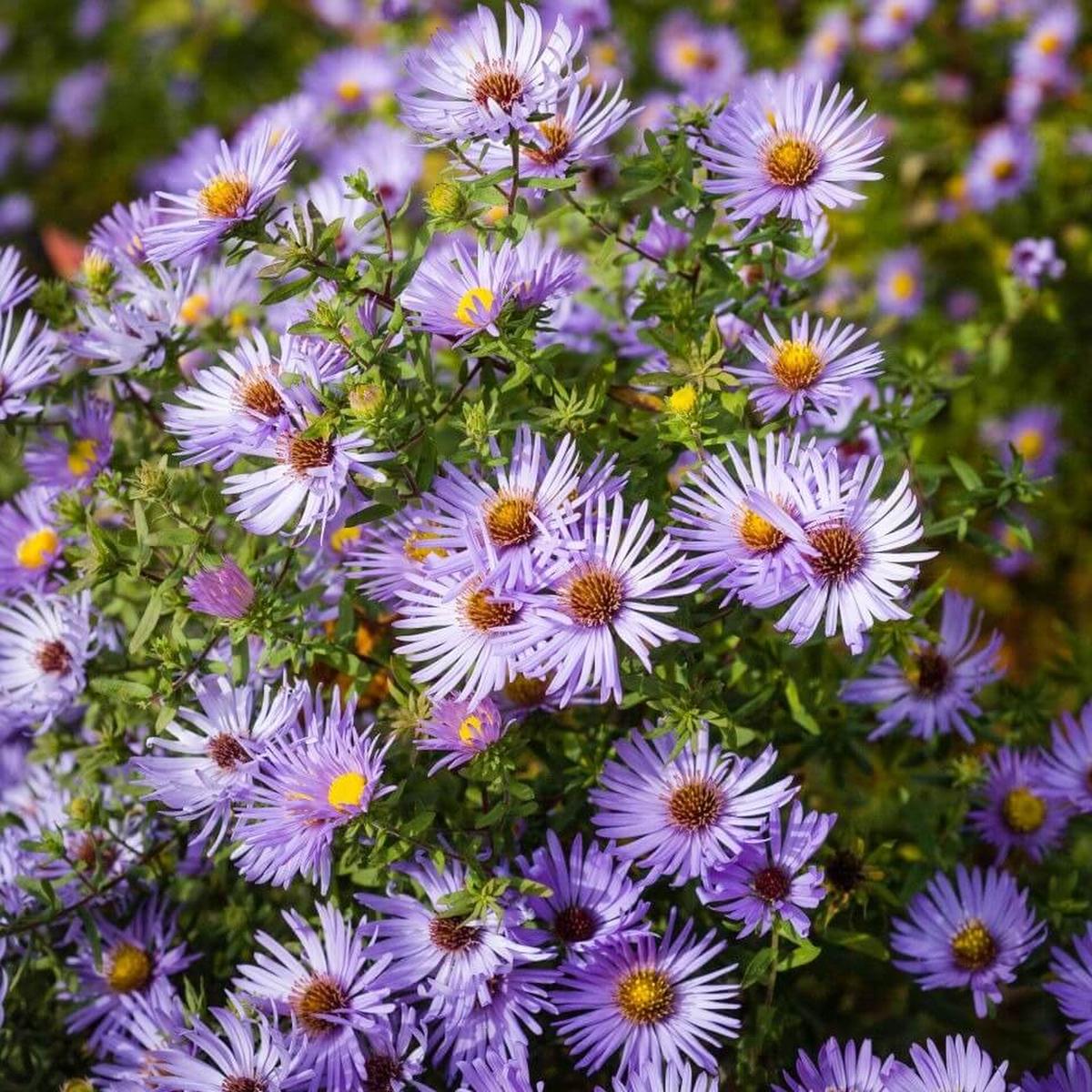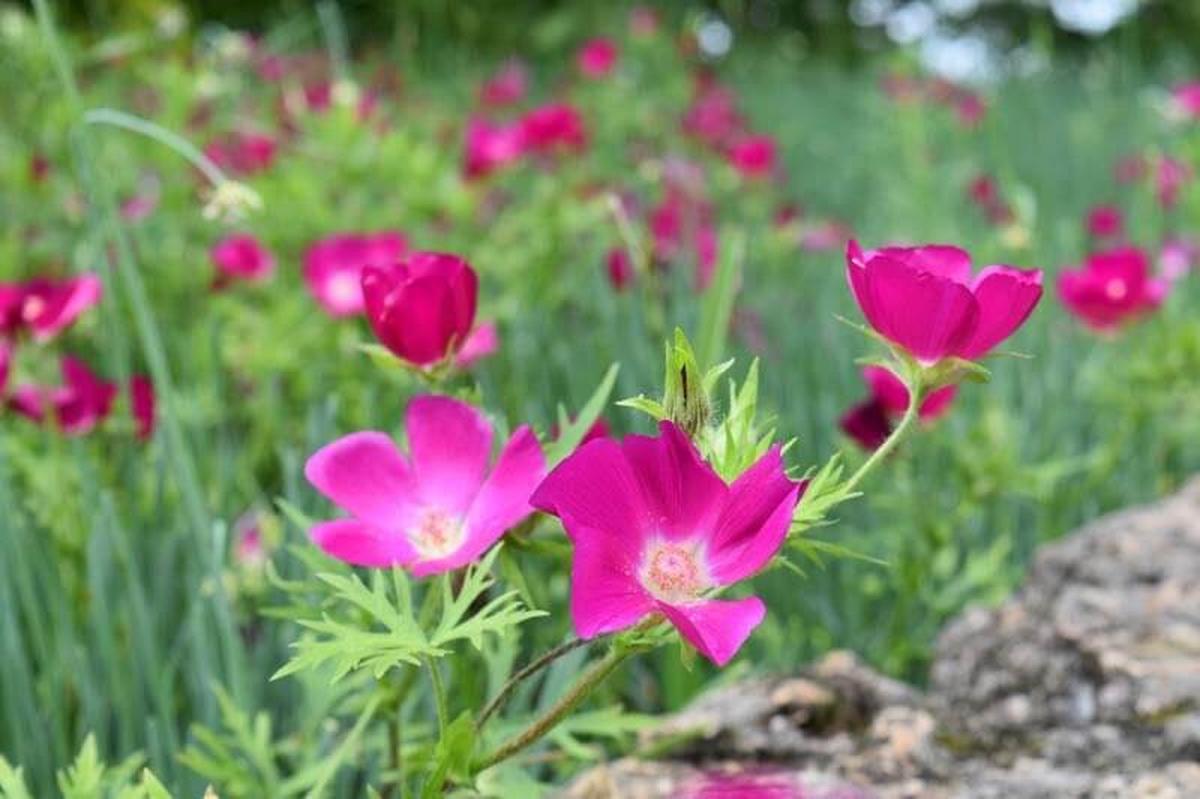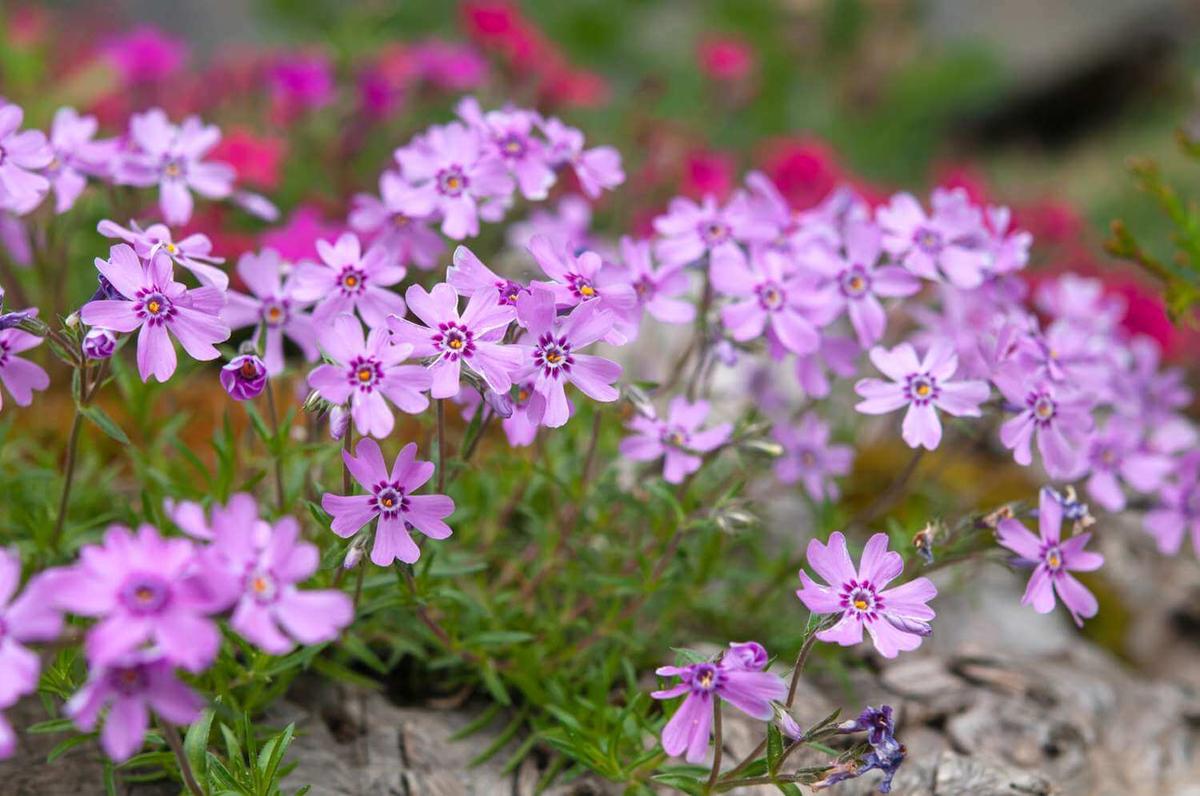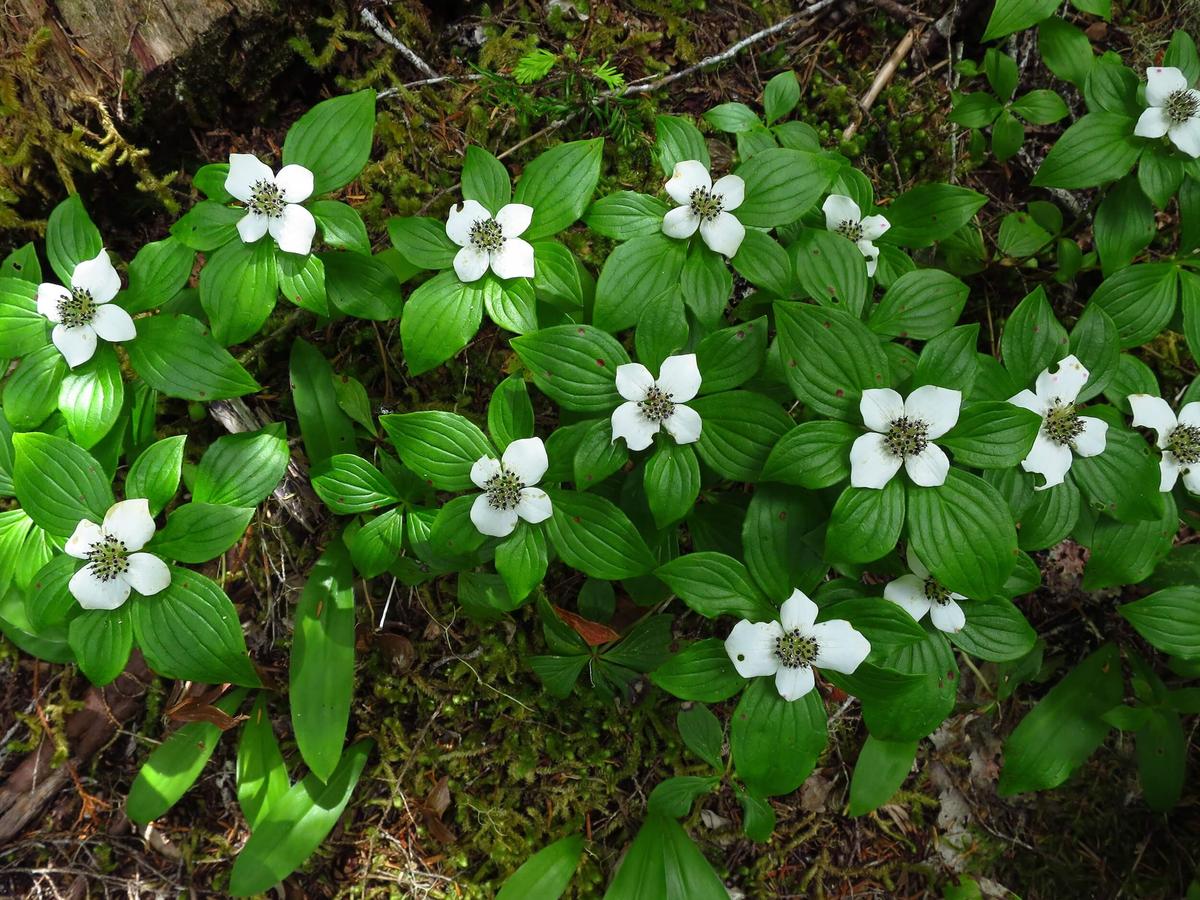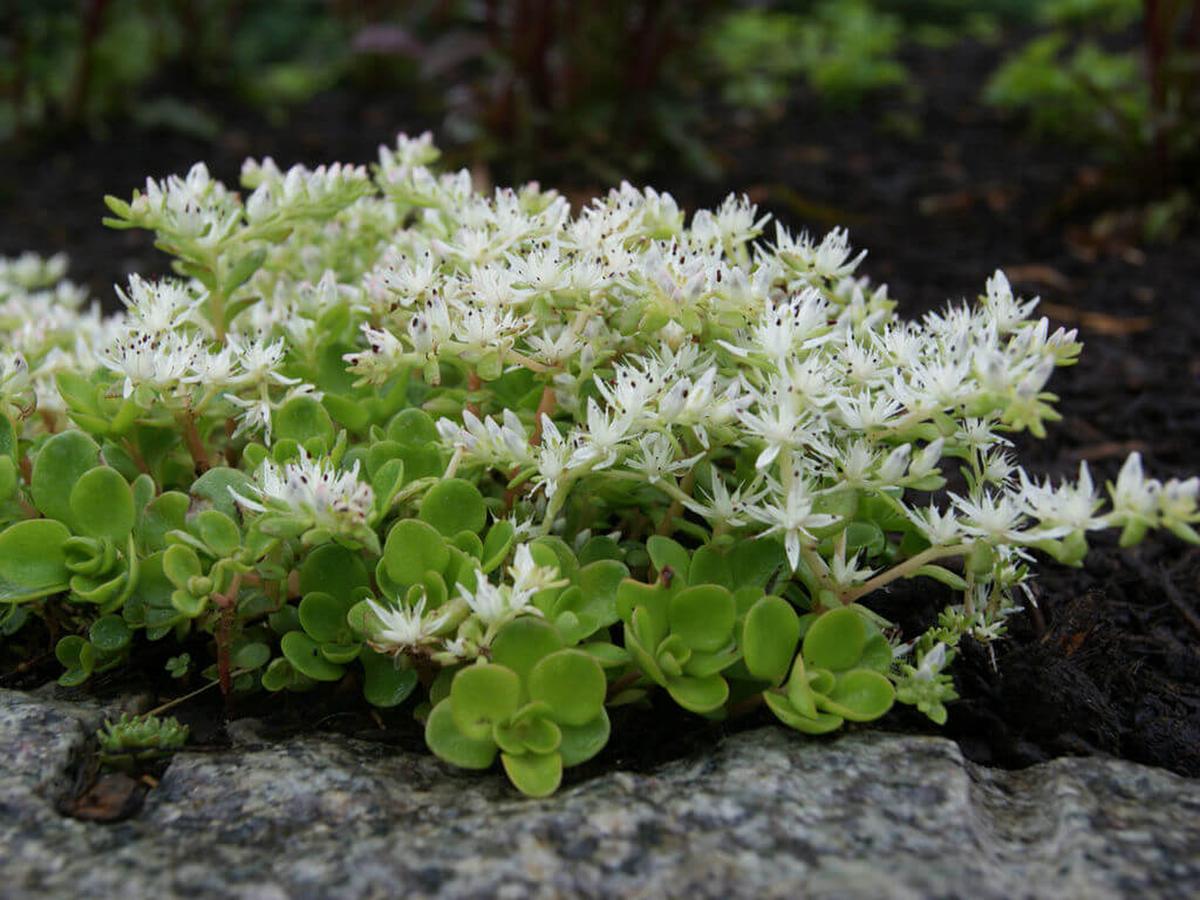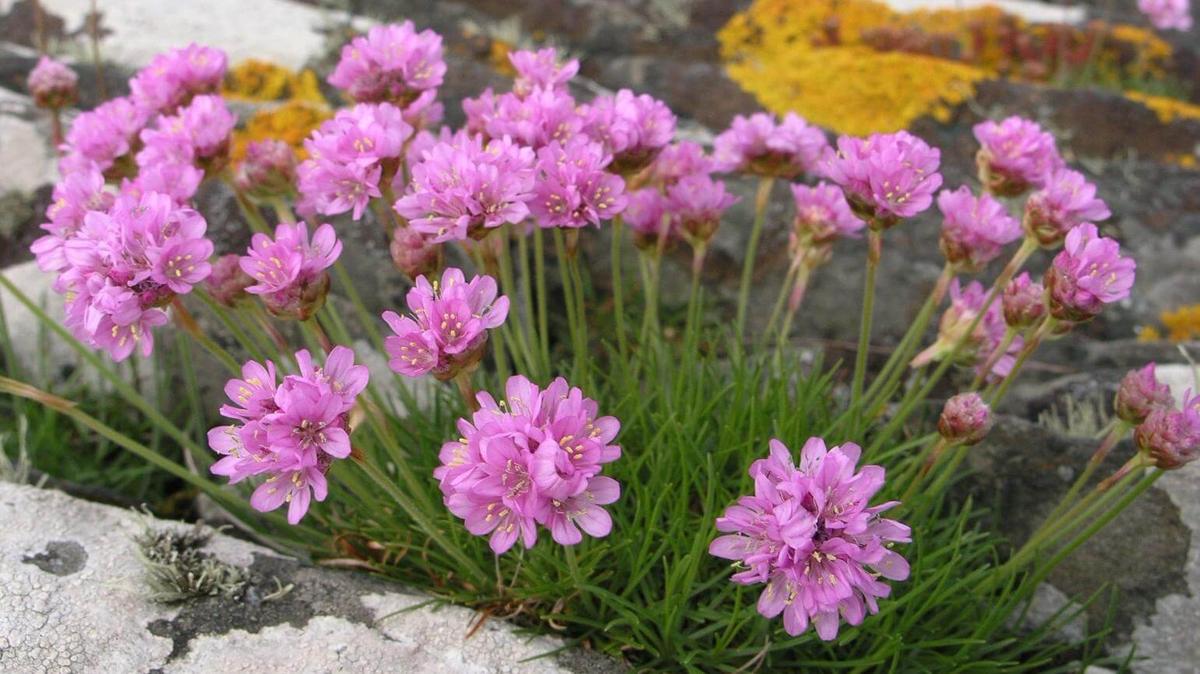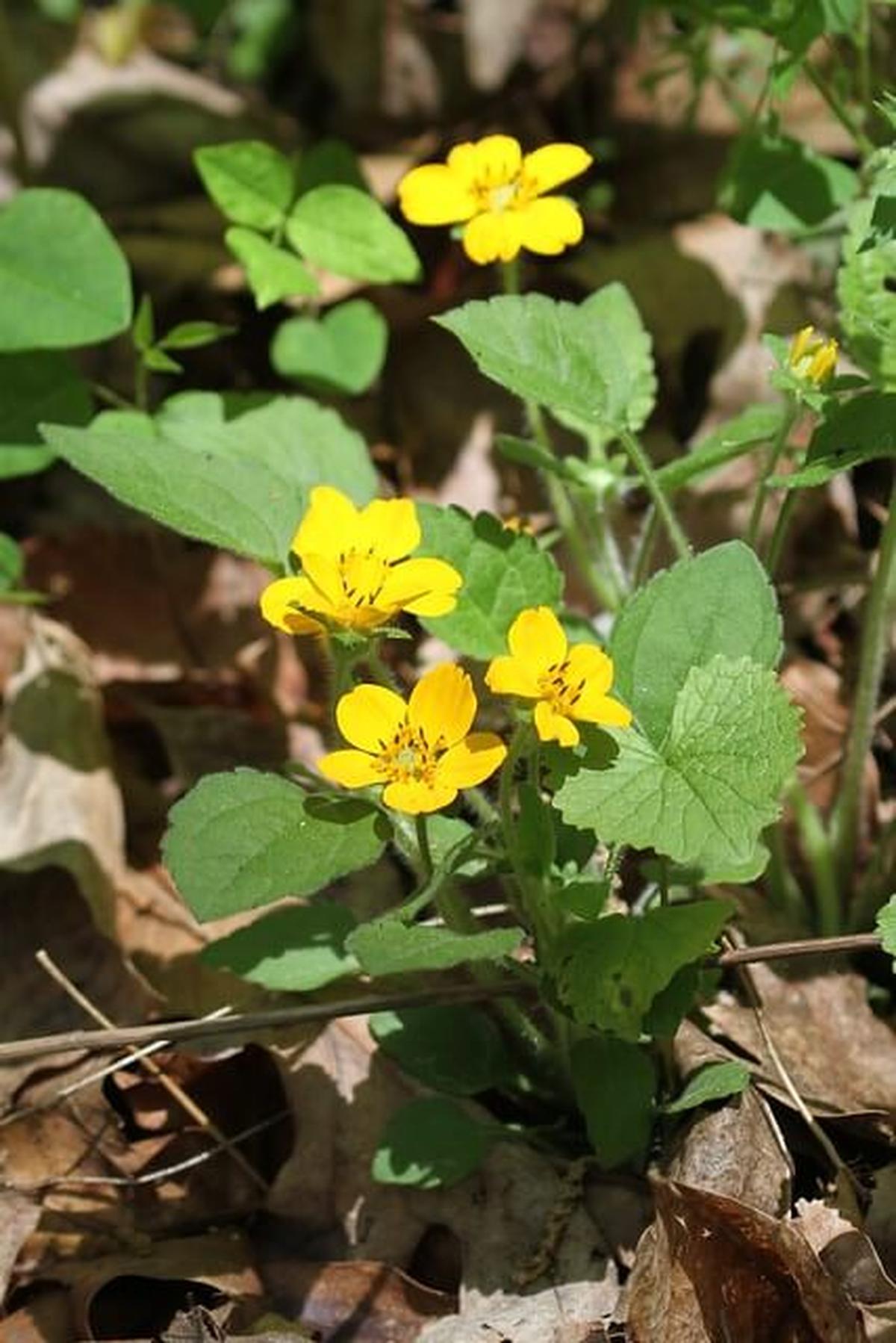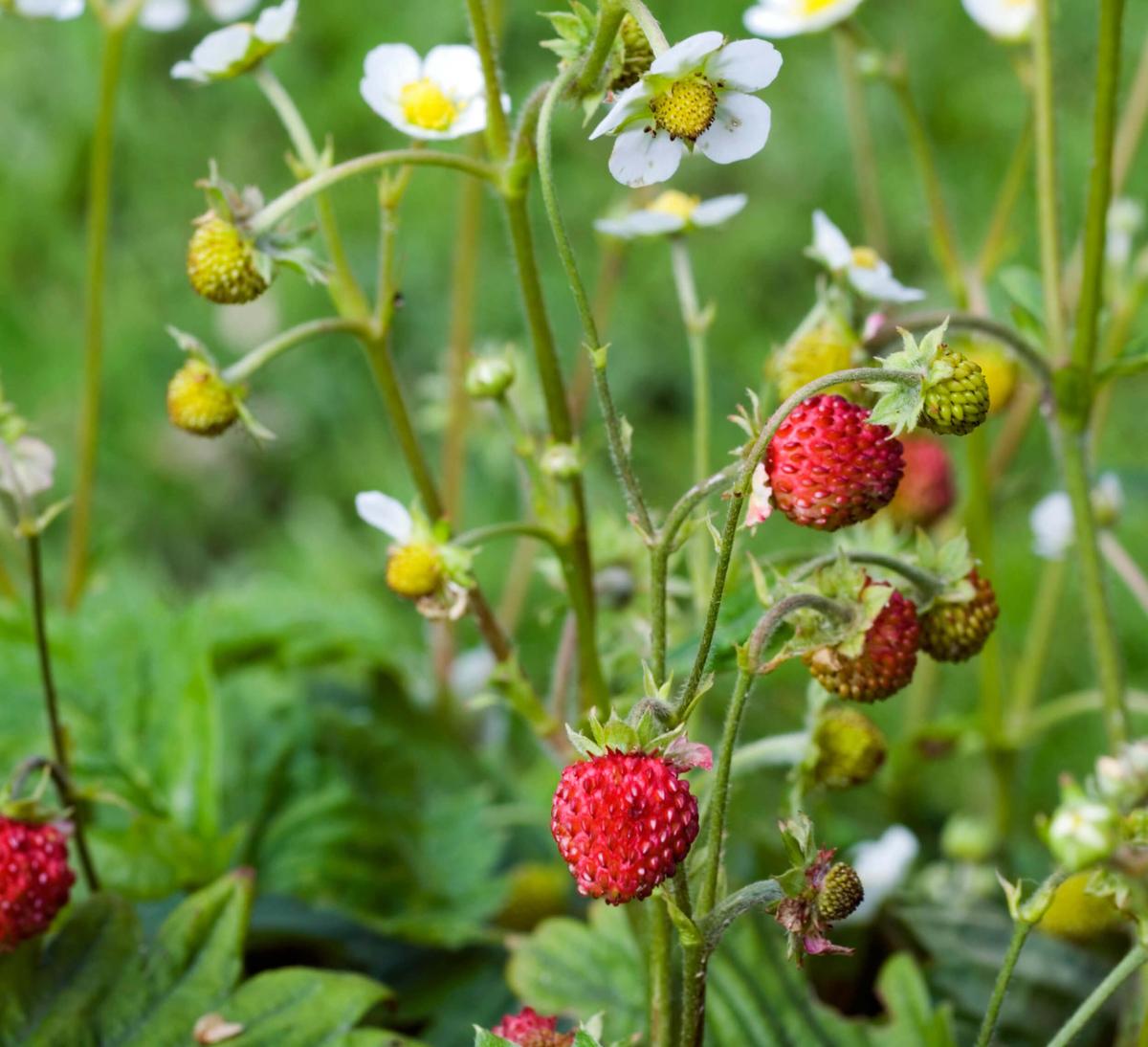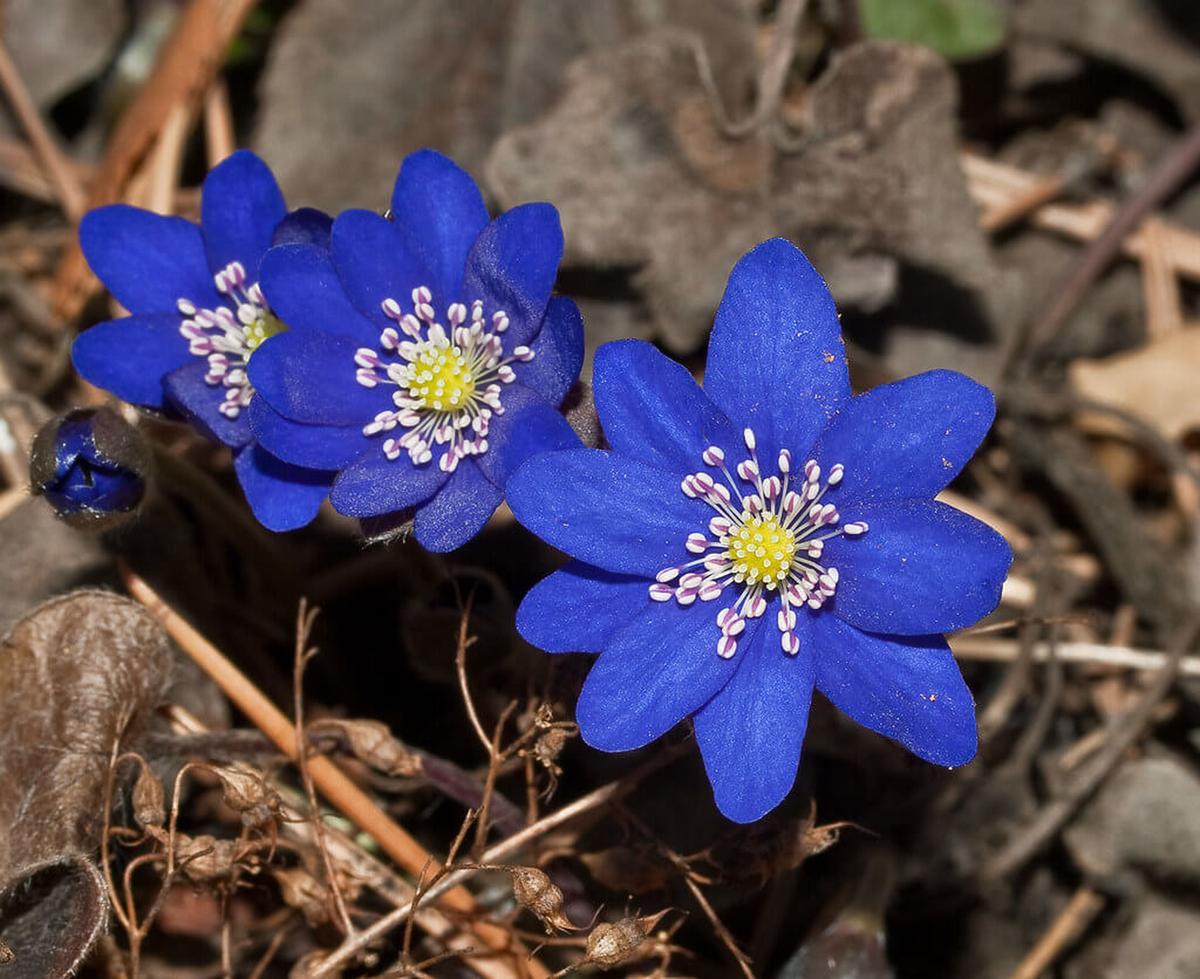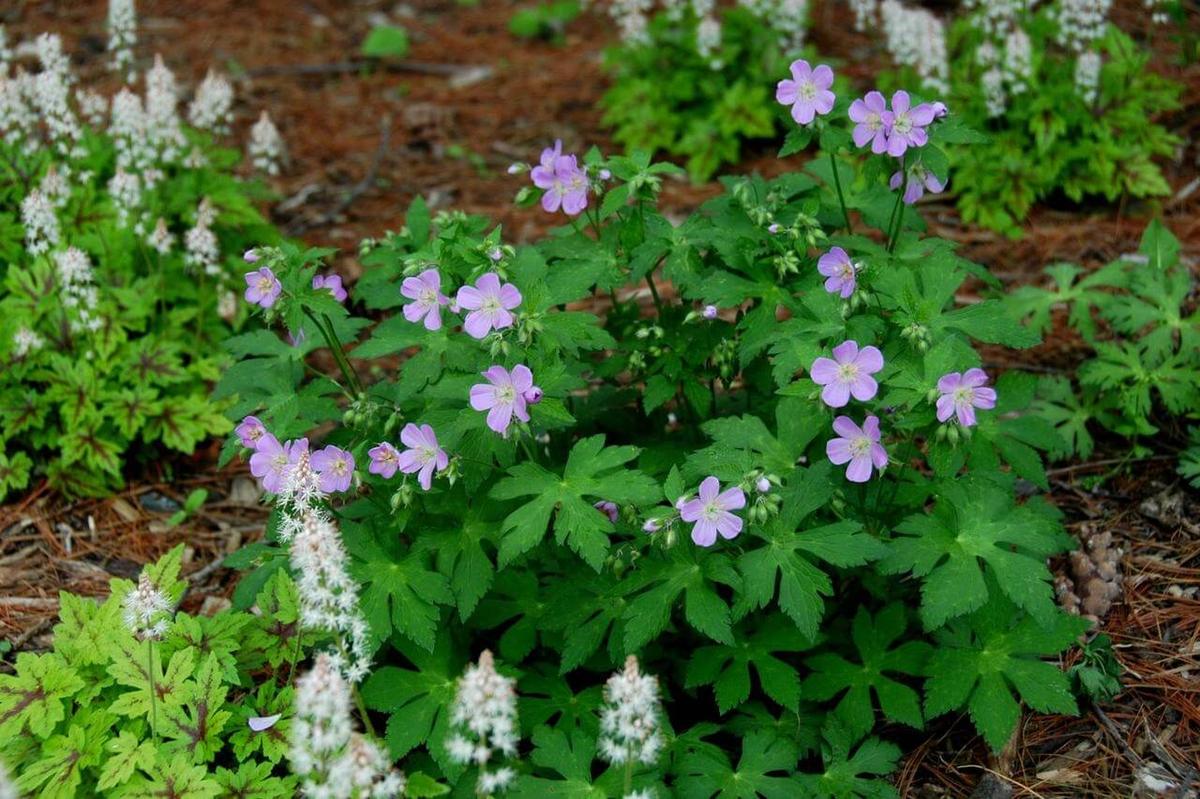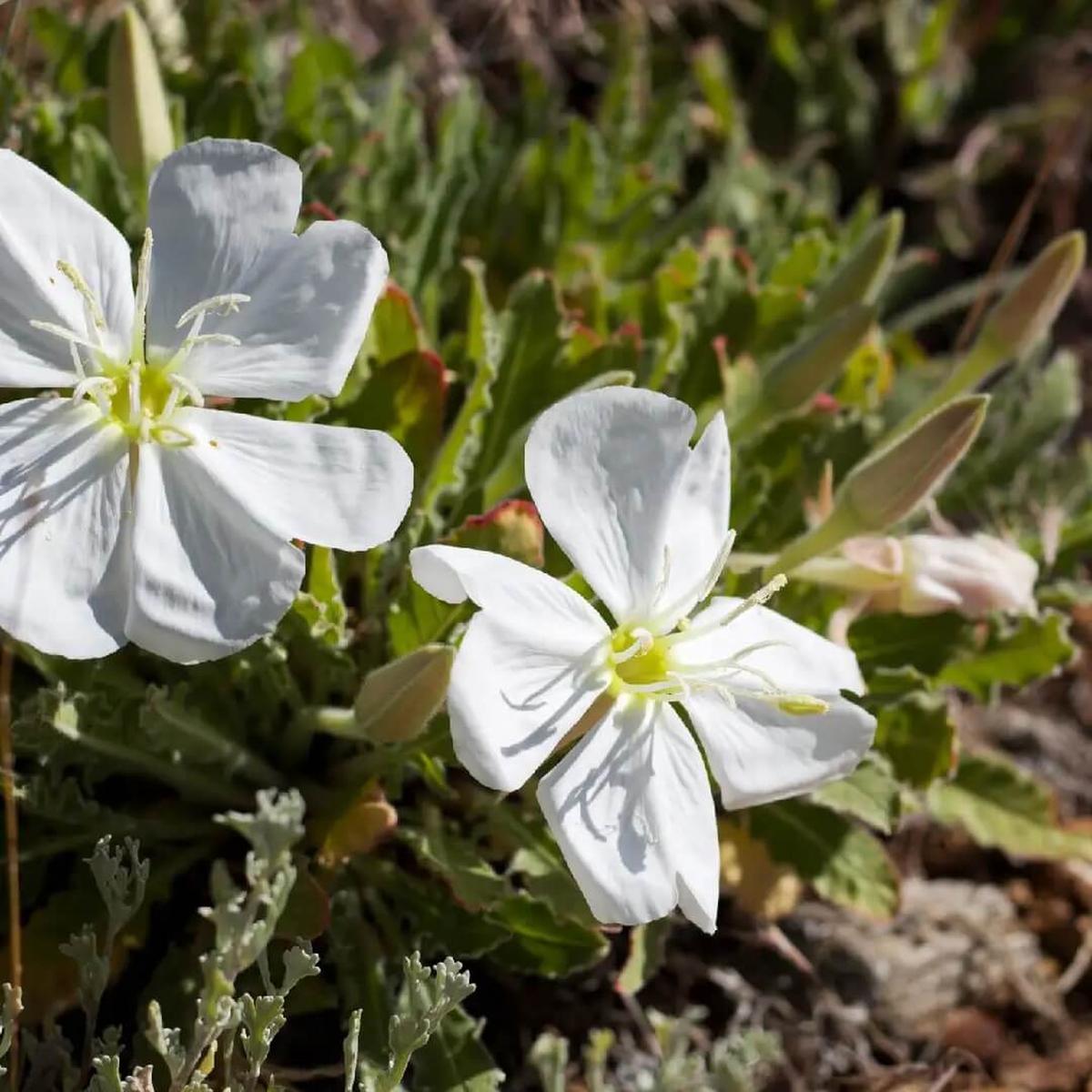11 Beautiful Low-Maintenance Ground Cover Plants
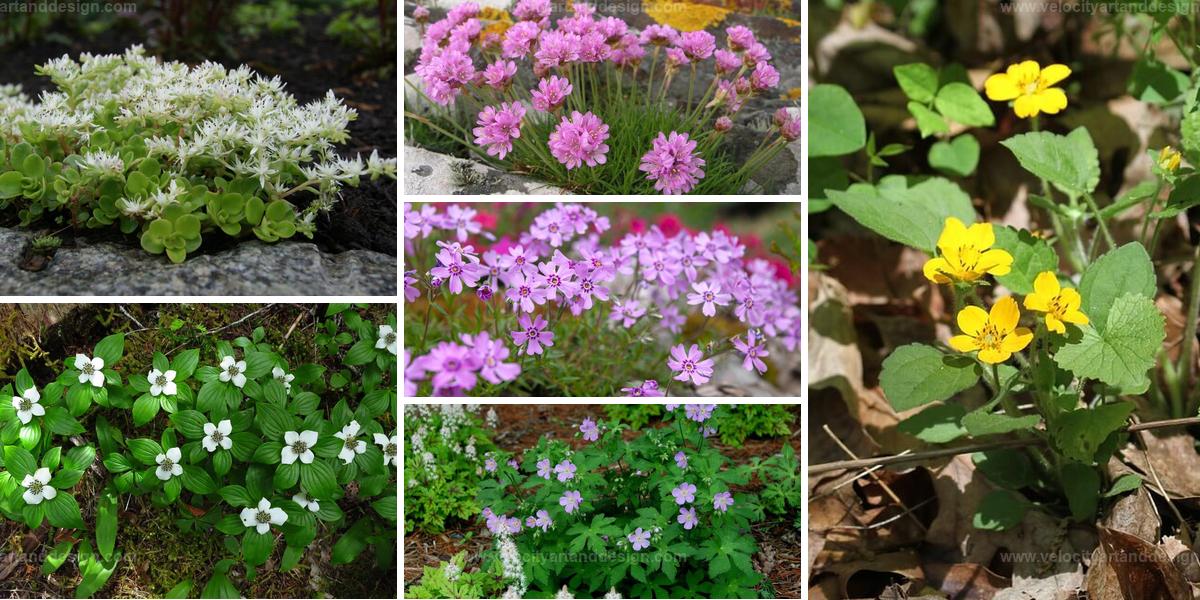
Low-maintenance ground cover plants offer the perfect solution for those seeking beauty without constant upkeep. These hardy plants spread naturally, filling spaces and providing lush greenery throughout the year.
They help control weeds, retain soil moisture, and reduce erosion, making them highly practical for any garden. Each type has unique characteristics, adding texture and visual interest to your landscape.
With minimal care, these plants can thrive in various conditions, ensuring a full, vibrant garden. Check out 11 low-maintenance ground cover plants that will make your gardening easier:
Aromatic Aster
Aromatic aster thrives beautifully in hardy zones ranging from 3 to 8, showcasing its resilience against drought and poor soil conditions. Its blooming period spans August through September, when vibrant violet-blue petals surround a cheerful yellow center.
This plant not only enhances your garden's aesthetics but also invites butterflies and birds into the space. When you crush its sturdy blue-green leaves, they release an enchanting balsam fragrance that adds another layer of sensory delight to your outdoor setting.
Consider adding aromatic aster for both visual appeal and ecological benefits in sunny areas of your landscape.
Purple Poppy Mallow
Purple poppy mallow stands out in gardens with its vibrant magenta flowers, blooming from mid-spring until fall. These plants flourish best in zones 4 through 8, achieving heights between six inches and one foot while spreading anywhere from six inches to three feet.
They thrive under full sun exposure and adapt well to various soil conditions, whether dry or moist. With their stunning cup-shaped blossoms, they add a striking visual appeal wherever planted.
Growing them is straightforward for any garden enthusiast looking for colorful additions that brighten up the landscape effortlessly.
Creeping Phlox
Creeping phlox brings a burst of color and fragrance to your garden, blooming from early spring until late spring. Imagine these lovely flowers forming a vibrant carpet that enhances pathways and gracefully spills over retaining walls.
For optimal growth, ensure they receive ample sunlight while reaching heights between 3 to 6 inches and spreading up to 2 feet wide. Their visual appeal transforms any outdoor space into a delightful retreat where you can enjoy nature's beauty.
The lush blooms not only attract attention but also create an inviting atmosphere for relaxation in the yard.
Bunchberry
Bunchberry, a lovely plant found in Greenland, Eastern Asia, and North America, thrives in cooler climates with ample shade. Its striking oval leaves and delicate flowers are often overshadowed by the vibrant red berries that appear in August.
These berries not only appeal to our taste buds but also attract various birds looking for a snack. This resilient plant grows well beneath trees or shrubs and can reach heights between 3 to 9 inches while spreading up to one foot wide when nurtured properly.
Cultivating bunchberry adds a splash of color and life to any shaded garden area you might have.
Woodland Stonecrop
Woodland stonecrop is a captivating succulent known for its striking clusters of rounded, light-green leaves. As spring arrives, delicate white flowers emerge atop slender stems, adding charm to any rocky or stony garden setting.
This resilient plant thrives in both sunny spots and areas with partial shade, making it versatile for diverse landscapes. Its unique foliage creates an attractive visual appeal that enhances outdoor spaces effortlessly.
Incorporating woodland stonecrop into your garden will undoubtedly brighten up the environment while requiring minimal care.
Sea Thrift
Sea thrift thrives in arid, nutrient-poor soil close to the ocean's edge. In springtime, this resilient plant bursts forth with small pink or white blossoms that form delightful round clusters.
These vibrant flowers attract butterflies and bees, making them a favorite among pollinators. Their ability to flourish in challenging environments showcases nature’s remarkable adaptability.
You might find sea thrift adding charm to coastal landscapes while supporting local wildlife as well.
Goldenstar
Goldenstar stands out as a resilient perennial, thriving in regions from Pennsylvania to Louisiana. This hardy plant flourishes in zones 5 through 9 and features lush green foliage that creates a dense ground cover.
In springtime, you can admire its striking star-shaped blooms with five rounded petals emerging gracefully above the leaves. Preferring consistently moist soil rich in shade, it adapts well to sunnier spots when planted where dampness is ensured.
Adding this unique flora enhances your garden’s appeal while providing low-maintenance beauty year after year.
Wild Strawberry
Wild strawberries offer a delightful addition to gardens, thriving in various environments. These perennial plants spread across one to two feet and flourish best in zones five through nine.
They appreciate both full sunlight and partial shade, making them versatile for different settings. During the spring months of April and May, white flowers adorned with yellow centers bloom before giving way to small red fruits.
These berries are delicious whether enjoyed fresh or transformed into mouthwatering jams and pies that celebrate their natural sweetness.
Roundleaf Liverleaf
Roundleaf liverleaf serves as a vital nectar source for early-season pollinators. Thriving in fertile, consistently damp soils, these plants can self-seed and form dense mats over time.
They flourish best in partial shade and are suitable for hardiness zones ranging from three to eight. Their resilience makes them a favorite among gardeners aiming to support local ecosystems while adding beauty to their landscapes.
Consider incorporating roundleaf liverleaf into your garden for both ecological benefits and aesthetic appeal.
Wild Geranium
Wild geranium captivates with its lush, deeply lobed green foliage and delicate flowers that bloom in shades of pink or lavender.
These charming blooms emerge mid-spring, lasting for six to seven weeks while inviting butterflies and other pollinators into your garden.
Thriving effortlessly as a perennial ground cover, it adapts well to various soil types, whether rich or lean, and can flourish in both sunny spots and shaded areas.
Whether you have moist conditions or drier spaces, this resilient plant enhances any landscape beautifully.
White Evening Primrose
White evening primrose, often referred to as pink ladies or Mexican primrose, thrives in warm climates and is remarkably resilient against drought. This perennial plant flourishes across a range of zones from 4 to 9.
Its vigorous growth is attributed to its ability to spread through rhizomes and self-seeding. From late spring into early fall, you can enjoy the delightful fragrance of its large satin-like petals that transition from white to soft pink as they mature.
I find it fascinating how this hardy flower enhances gardens with both beauty and resilience while attracting pollinators throughout its blooming season.

